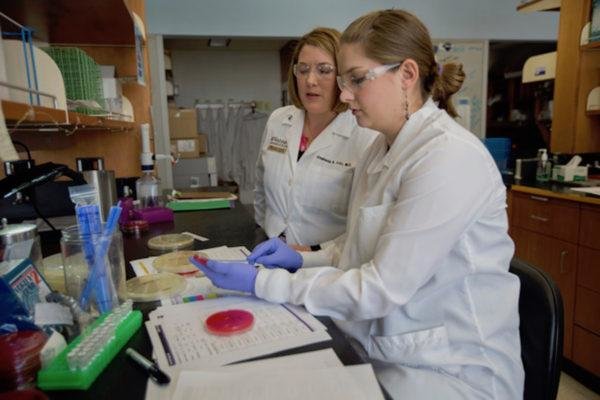TMP-SMX, clindamycin reduce recurrence of S. aureus skin infections
The use of guideline-recommended antibiotics, such as trimethoprim/sulfamethoxazole and clindamycin, during incision and drainage of minor Staphylococcus aureus skin and soft tissue infections prevented bacterial colonization and reduced the risk of recurrent infections.
“There have been conflicting data about the benefit to antibiotics in minor staph infections,” Stephanie A. Fritz, MD, associate professor of pediatrics in the division of infectious diseases at Washington University, said in a press release. “It is definitely important to surgically remove pus from the infection site, but also giving antibiotics means that the child will be less likely to see a doctor again in several months for another staph infection.”

To assess whether systemic antibiotics in combination with incision and draining could reduce S. aureus colonization and chances of recurrent infection, the researchers conducted a prospective evaluation that included 383 children with S. aureus skin and soft tissue infection who needed incision and drainage, as well as children with S. aureus colonization in the anterior nares, axillar or inguinal folds at the time of baseline screening.
The researchers recorded the prescription of systemic antibiotics at point of care, and they then repeated sampling of bacteria for 357 children within 3 months (median 38 days; IQR: 22-50 days). Data were collected on recurring infections for up to 1 year.
Children with purulent skin and soft tissue infections who were prescribed guideline-recommended empiric antibiotics had a lesser chance of remaining colonized when follow-up sampling was conducted compared with children who did not receive antibiotics (adjusted HR 0.49, 95% CI 0.30, 0.79). These children were also less likely to have recurrent skin and soft tissue infections than those who did not receive antibiotics (aHR 0.57, 95% CI 0.34, 0.94).
Recurrent infection over 12 months was observed to be more plausible if the child remained colonized at repeat sampling (aHR 2.37,95% CI 1.69, 3.31). When prescribing antibiotics, clindamycin was more effective at eliminating S. aureus than trimethoprim-sulfamethoxazole (TMP-SMX) (44% vs. 57% remain colonized, P = .03). The antibiotic was also more effective at preventing recurrent skin and soft tissue infection (31% vs. 47%, P = .008)
“Using antibiotics judiciously to treat staph infections eliminates staph colonization and prevents more infection from occurring in the future,” Patrick G. Hogan, MPH, clinical research specialist at the Washington University School of Medicine, said in the release. “This reduces the overall burden of the staph germ on the environment and people, which results in less recurrence and, therefore, less antibiotic use.” – by Katherine Bortz
Disclosure: The authors report no financial disclosures.

